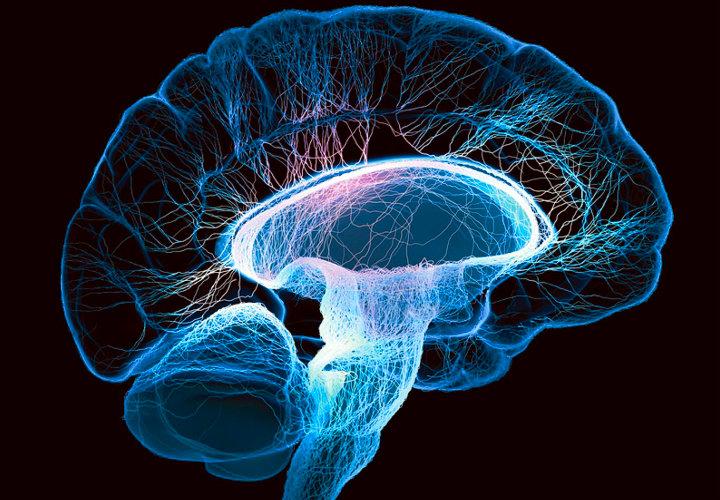LINQ
The role of butyric acid in irritable bowel syndrome
Butyric acid (butanoic acid) is part of a group of short-chain fatty acids and is also believed to play several valuable roles from the gastrointestinal tract. Butyric anion is readily absorbed by enteric cells and utilized as a chief source of energy. Additionally, butyric acid is also a significant form of colonocyte proliferation and apoptosis, …
Butyric acid in the diet: Activities in the level of gene expression.
Numerous elements within the diet, though nonessential, have been found to possess beneficial effects toward the overall wellness and disorder prevention/protection. such nutrient, butyric acid, which may be derived in massive amounts from bacterial fementation of dietary fiber in the gut and can also be part of bovine milk. In intestine fermentation, the creation of …
Short chain fatty acids (butyric acid) and intestinal diseases
Intro: Short chain fatty acids Comprise up to 6 carbon atoms. One of these, butyric acid stands out because of its key part in pathologies with intestinal affectation. Butyric acid is the key energetic substrate of this colonocyte, it stimulates the absorption of water and sodium from the colon, also introduces trophic activity on the …

Short chain fatty acids (butyric acid) and autoimmune disorders or diseases
David Manrique Vergara 1, María Eugenia González Sánchez Short chain fatty acids comprise up to 6 carbon atoms. One of these, butyric acid stands out because of its key part in pathologies with intestinal affectation. Butyric acid is the key energetic substrate of this colonocyte, it stimulates the absorption of water and sodium from the …

Faecalibacterium prausnitzii
Faecalibacterium prausnitzii is the most abundant bacterium in the human intestinal microbiota of healthy adults, representing more than 5% of the total bacterial population. Over the past five years, an increasing number of studies have clearly described the importance of this highly metabolically active commensal bacterium as a component of the healthy human microbiota. Changes …

Obesity and the gut microbiota
Obesity and the gut microbiota Obesity was addressed in several health initiatives, such as Healthy People 2010, without a condition meeting the suggested goal of an incidence of obesity 15% of their adult population. By comparison, obesity levels have continued to grow, with all the self-reported incidence of obesity among adults raising by 1.1percent from …

The neuropharmacology of butyrate: The bread and butter of this microbiota-gut-brain axis?
The neuropharmacology of butyrate: The bread and butter of this microbiota-gut-brain axis? Butyrate, a four-carbon short-chain fatty acid, can be generated through microbial fermentation of dietary fibers in the lower intestinal tract. Endogenous butyrate creation, delivery, and absorption by colonocytes are well recorded. Butyrate exerts its works by acting as a histone deacetylase (HDAC) inhibitor …

Butyric acid — a Molecule That Is Well-known revisited
The attributes of butyric acid, as well as the function that it plays from the gastrointestinal tract, have been well known for several decades. On the other hand, the most recent study proves that butyric acid nevertheless stays a molecule using a potential which hasn’t been fully exploited. This report offers an overview of relevant …

Autism spectrum disorders (ASD)
Autism spectrum disorders (ASD) are a group of biological disorders with related metabolic derangement. This analysis aimed to identify a pattern of metabolic perturbance in ASD with metabolomics in prostate specimens from 48 children with ASD and 53 age matched controls. Employing a blend of liquid- and – gas-chromatography-based mass spectrometry, we discovered the degrees …

Gut conditions double Threat of dementia, scientists Discover
Gut conditions double Threat of dementia, scientists Discover “Vigilance and schooling for dementia among older patients with IBD can enhance early intervention to slow cognitive decline and enhance wellbeing.” “Like every observational research, it is not possible to know if having inflammatory bowel disorder directly raises our risk of getting dementia later in life. Researchers …

Irritable Bowel Infection Is Associated with a Higher Risk of Dementia
A Nationwide Population-Based Study AbstractGoal Irregular interaction in the mind –gut axis has emerged among the important pathophysiological mechanisms for the evolution of irritable bowel syndrome (IBS). In addition, the mind –gut liner has just been proven to be critical for the maintenance of cognitive functionality. Therefore, we analyzed the possibility of dementia after diagnosis …